Some very simple ways to ease the pain of plica
Knees support our every move. We need them to walk, bend, stand, sit, and rise. Imagine life without the ability to bend them. Imagine the experience of knee pain in everyday movement and knee pain when not moving at all. Plica is the fold of tissue surrounding the knee joint. It’s the lubricant that helps make bending the knee easy. Plica syndrome causes swelling of the tissue around the knee joint and inhibits movement of the knee by causing pain.
Often, this syndrome is suspected to be a form of arthritis. Arthritis is the wearing of cartilage. It does have similar symptoms, like swelling. When not properly diagnosed by a medical expert it could be misdiagnosed as arthritis. Plica syndrome is considered by medical professionals after all other knee problems have been ruled out.
Jobs, activities, and lifestyles that involve extensive knee use are prime candidates for Plica syndrome.
This syndrome causes the tissue around the knee to swell and the knee becomes stiff and painful. During a flare-up of the syndrome, symptoms are sometimes felt when standing, in a sedentary position, or lying down. Everyday movements are problematic. Stair climbing, rising from a chair after sitting for an extended period of time, and bending are painful experiences. Some symptoms are like those of arthritis with added discomfort.
Patients also feel a sense of imbalance, and at times the knee audibly pops. Athletes, plumbers, dancers, and other occupations with rigorous, and regular knee use are at high risk for this syndrome. It can be chronic but does not have to be permanent.
Reminder: Plica syndrome is diagnosed by a medical professional after all other knee problems are ruled out.
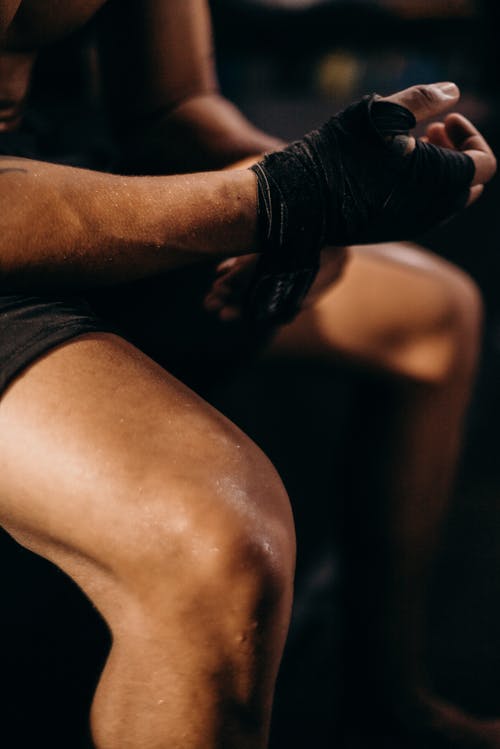
Regular exercise that strengthens the quadriceps and stretches the hamstrings reduces the frequency of stiffness and pain in the knee. Pain and swelling are managed with over the counter or prescribed pain medication. Anti-inflammatory medication relieves swelling.
Swelling is the body retaining water. in this instance around the knee. It may be necessary to have prescribed medication for more severe pain.
Cortisone shots are also an available option when all other remedies have been exhausted. Minimally evasive surgery is an option when home exercise, pain medication, and therapy are no longer effective. Symptoms of this syndrome can be managed in-home. Elevating the legs after strenuous activity, applying an ice pack on the knee, and taking pain medication for example – ibuprofen to help alleviate pain and discomfort.

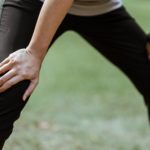

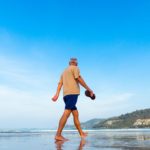
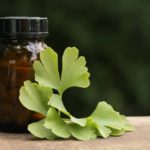
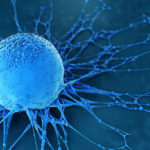
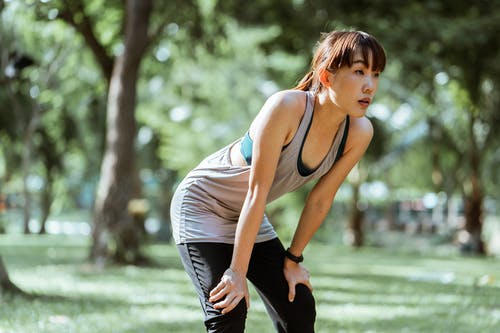

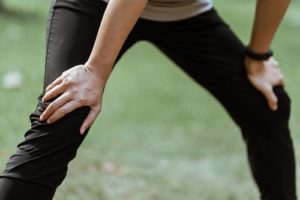
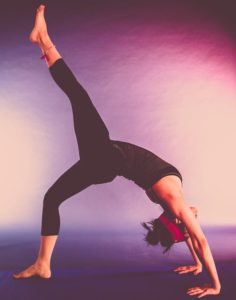
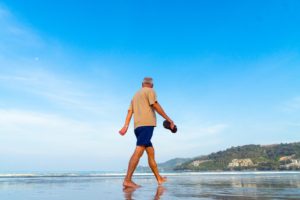
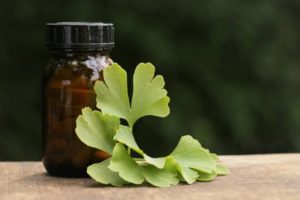
More Stories
Oncology Improving The Quality Of Care
The Sensual Massage – Unlocks Your Potential
Increase Quality of Life with Pectus Carinatum Treatment